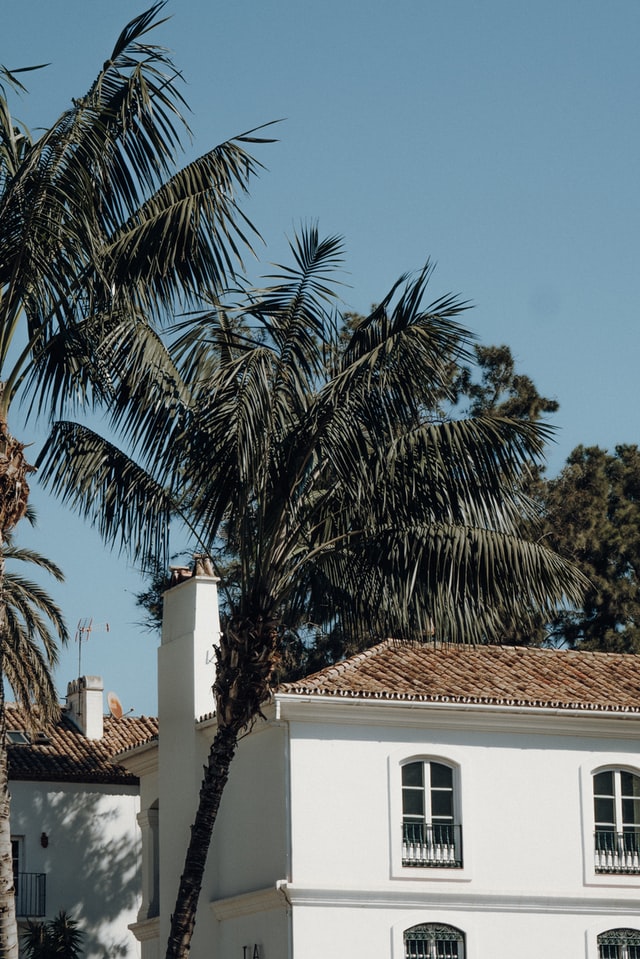Why Is Spanish Architecture Different Than Other Mediterranean Styles?
There is a catch all word for many different architectural styles. People often talk about Mediterranean architecture, but there are a lot of different styles that fall under that umbrella. They are all very similar in that they have certain basic elements. But, they are also distinct.
For instance, if you were to be dropped into a Spanish villa you would know you were in Spain. On the other hand, if somebody were to then drop you into a Greek villa, you would know you were in Greece.
There is a bit more fusion happening when you’re looking at modern, luxury villas, even those from restored old farmhouses. For instance, luxury Marbella villas near Malaga will incorporate traditional Spanish architecture but with some hints of other Mediterranean influences as well.
In this article, we have a guide on the different Mediterranean styles so you can understand one from the other.
What is Mediterranean architecture?
There are 22 countries that share a coastline around the Mediterranean. Which makes it a bit hard to pin down exactly what Mediterranean architecture actually is. There are, however, many elements that tie them all together. There are many common themes that are shared.
For instance, if you walk into any villa in any one of those countries you are likely to find them very airy and with lots of natural light. Just as often you will find many natural elements that play a major part in the design. Often, these old villas were once farmhouses so there would be plenty of stone and wood scattered throughout the house.
These old buildings were built before there was any way to keep them cool with air conditioners so they were often built in a way to keep out the heat of the day and allow for the sea breeze to naturally cool the interior.
Expect to also see a roof made out of clay tiles that slope down and over a portico with columns. This is a way to add some flair, but also keep the large windows in the shade to avoid heating the space.
How is Spanish architecture different?
Spanish history goes back a long way, but there were three distinct periods in its history that have a major influence on the culture and architectural style to this very day. The cultural and stylistic influences began under the Roman domination 2,000 years ago. After that, another major historical period was when the Moors dominated the peninsula for hundreds of years. Lastly, there was the period after the Moors were pushed out and the New World was discovered bringing riches to Spain.
All of these periods contributed to what is now Spanish architecture that makes it different from other Mediterranean styles. You’ll see some very Roman style elements in the way that some houses look a little like a basilica. Then, there will be the Moorish elements like many arches with a Middle Eastern flair, the use of colorful tiles and many water features. From the period after the Moors left there are far more richly decorated with elements that don’t have much function beyond merely decorative.
Basics of Spanish architecture
Many Spanish villas will have what you would expect from Meditrerranean styles such as the terra cotta roof, lots of airiness in the interior and lots of tile. As opposed to Tuscan tile, which is usually earth toned, you will find a lot of Majolica tile with splashes of yellow, blue and with a white background.
In the protected rear of the house there is usually a portico with wood beams that bring a bit of nature to the exterior. In its shade, there are usually many evenings spent enjoying the sea breeze with a glass of wine. In front of it there is usually also a fountain to cool down the air. This is a feature borrowed from the Moors. Citrus trees around the back garden are also prevalent because of their ability to cool the surrounding air.
The kitchen is the focal point of most SPanish homes and reflects the various styles that have accumulated through the centuries. Tiled floors with lots of sturdy wooden furniture dominate the scene. Walls are used to show off the intricate designs the Moors were very fond of, while arches will also add to the charm from the Roman era.
Throughout, wrought iron railings and fixtures also add features unique to SPanish Meditrerranean architecture. Exposed wooden beams on the ceiling as well as lintels above windows are also very common. The bedroom area on the second floor is typically where the decoration is more subdued with white plaster walls and cozy furniture to decorate.






